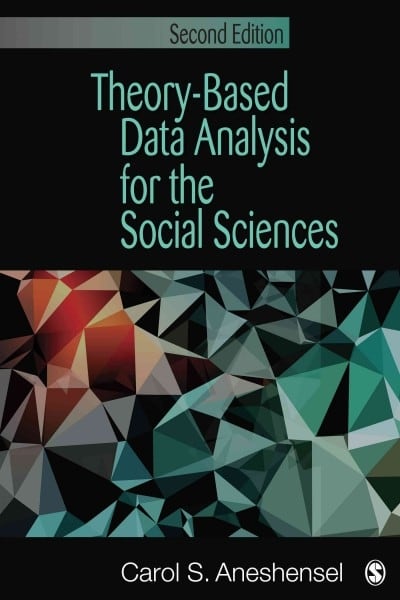Question
Bow and arrow 1 Susan, activity by Kris Roleen edited. After observing the children during the first bow and arrow meeting, we summoned our trust
Bow and arrow 1 Susan, activity by Kris Roleen edited. After observing the children during the first bow and arrow meeting, we summoned our trust in the children demonstrated a classroom culture of care and relied on our strong image of children's capabilities and offered them sticks, elastic, straws, and time to explore the principles of tension, trajectory, balance, and proportion to construct the bow and arrow. "Yeah, it's too long. We need to cut this part off." - Kenny Yoshimi: This is the arrow (holds the red straw), and this is the bow (points to the stick and the white elastic band). Kenny: One time, I saw a guy use a bow and arrow. He used a straw instead of an arrow. Teacher Cindy: What did he use for the bow? Kenny taking a stick: Wood Cindy: I noticed everyone held the bow like this (holds the stick in front of her). Yoshimi said there needs to be something attached to both ends of the stick. Kenny stretches and attaches the orange elastic to the stick. Yoshimi: Yeah, that's it! Jasper: And you can pull that string. Max wraps the orange elastic band to one side and holds the other side. Yoshimi: It's too short. Kenny holds the green string against the stick. Jasper: It's too long Kenny: Yeah, it's too long. We need to cut this part off. Jasper pulls on the string: It's not stretchy enough. Kenny: I don't like the texture. After this dialogue, the children decided to continue their work the following week. During this experience, it was evident that the children were co-constructing their knowledge about bows and arrows. They did this by recalling their personal experiences as well as testing the physical properties of the materials. As we get closer to testing these models, I wonder how the children's culture will dictate their practice. - Teacher Susan:
1, What is your reaction to this piece? Why were you drawn to it? What worked for you in terms of readability? What aspects were challenging for you as a reader? (consider: lay-out, fonts, image size, color, clarity, etc.) 2. What lenses did the teachers choose for this piece? (What did they choose to focus on? Relationships? Problem-solving? Use of materials? Language as a path to thinking about thinking? Typical developmental tasks for children of this age? There are many lenses possible). Why do you think the teachers chose these lenses? 3. What questions did you have after studying this piece? Who would you like to ask? (Children? Teachers? Administrators? Parents?) 4. What learning, and in particular what processes of learning, does this documentation make visible? 5. Who do you think is the intended audience for this piece, and do you think it works for them? 6. What did you learn about the protagonists (children, teachers, and parents)? 7; what did you learn about the group, materials, the environment, or the values of this school by reading this documentation? How are these valued in this school? 8, What did you learn from analyzing this documentation, and how might it change the way you present your work?
Step by Step Solution
There are 3 Steps involved in it
Step: 1

Get Instant Access to Expert-Tailored Solutions
See step-by-step solutions with expert insights and AI powered tools for academic success
Step: 2

Step: 3

Ace Your Homework with AI
Get the answers you need in no time with our AI-driven, step-by-step assistance
Get Started


